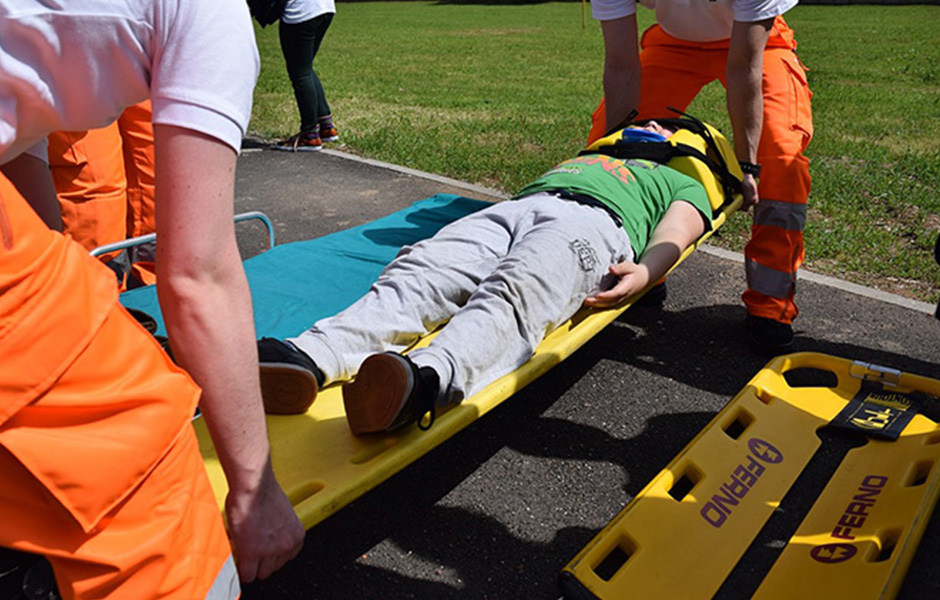Acute pain caused by trauma, as a result of road accidents, falls or explosions, for example, is far from the only complaint of victims seen by hospital pre-emergency teams. In these patients, cold, fear, anxiety and immobilisation are strongly associated with the intensity of the pain.
A study conducted by researchers from CINTESIS/Faculty of Medicine at the University of Porto (FMUP) analyzed a total of 605 trauma victims, mostly men, aged from 18 to 96, over the course of 14 months.
The aim was to assess the relationship between the intensity of pain and the discomfort caused by other types of suffering, both physical and psychological, in patients considered to be critically ill, excluding those who were under the influence of alcohol or drugs or who had an altered state of consciousness. Traffic accidents and falls were the main reasons for injuries (40.7 per cent and 37 per cent respectively).
The results indicate that around 90 percent of the victims reported some degree of pain as a result of their injuries, of which 47.1 percent reported severe pain; 39 percent complained of discomfort caused by the cold, 49.8 percent showed anxiety and 15.7 percent showed signs of fear.
“This study shows a direct relationship between the intensity of pain and the level of discomfort caused by cold, which means that patients who feel colder tend to report higher levels of pain,” explains Mauro Mota, a researcher at CINTESIS. As he points out, hypothermia (a drop in body temperature) is common in trauma victims and is a risk factor for higher mortality.
A direct relationship was also found between the pain and fear reported by critically ill patients in pre-hospital care. In fact, trauma victims who showed signs of fear and/or anxiety also had significantly higher levels of pain when compared to victims without these clinical manifestations of psychological/emotional distress.
Immobilization proved to be “a determinant clearly associated with higher levels of pain among the victims”, continues Mauro Mota. In all, 78.3% of the victims had to be immobilized. This intervention aims to reduce movement, protect anatomical structures and minimize the risk of new injuries.
In conclusion, “trauma victims with anxiety, fear and discomfort caused by cold have a greater tendency to report higher levels of pain”. For Mauro Mota, “it is necessary to understand how pain and other factors present in the trauma are related, in order to reduce pain. Treating pain alone may not be enough. It is essential to identify strategies to reduce all the precipitating sources of discomfort and suffering.”
The study, published in the scientific journal International Emergency Nursing, was authored by Mauro Mota, the researcher Margarida Reis Santos, from CINTESIS / Nursing School of Porto (ESEP), and other researchers from other institutions in the country, namely Filipe Melo (Competence Center for Active Aging), Mariana Monteiro (Santa Casa da Misericórdia de Seia), Miguel Castelo-Branco (University of Beira Interior), Carla Henriques, Ana Matos and Madalena Cunha (Polytechnic Institute of Viseu).

